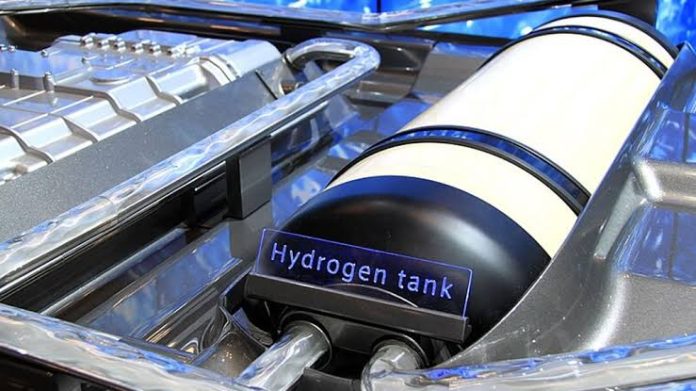Japanese scientists have introduced a groundbreaking way to produce hydrogen fuel using sunlight. By employing a special photocatalyst, they have developed a process that efficiently splits water into hydrogen and oxygen. This innovative method could become a sustainable and affordable alternative to traditional hydrogen production, which often depends on fossil fuels like natural gas.
The researchers used a two-step excitation system to enhance efficiency. In this system, one photocatalyst produces hydrogen while another generates oxygen. This approach has proven more effective than the traditional one-step process.
Over three years, the team tested their technology in a real-world reactor and achieved solar energy conversion efficiency 1.5 times higher than their laboratory tests.
Although the results are promising, there are still challenges to overcome, particularly in improving the solar-to-hydrogen conversion efficiency. However, with continued advancements, this technology has the potential to revolutionize energy production by making hydrogen a practical and environmentally friendly alternative to fossil fuels.
This innovation highlights the growing possibilities in clean energy and the critical role of solar power in addressing global energy needs. It marks an exciting step towards a sustainable future, offering hope for reducing our reliance on traditional energy sources.


